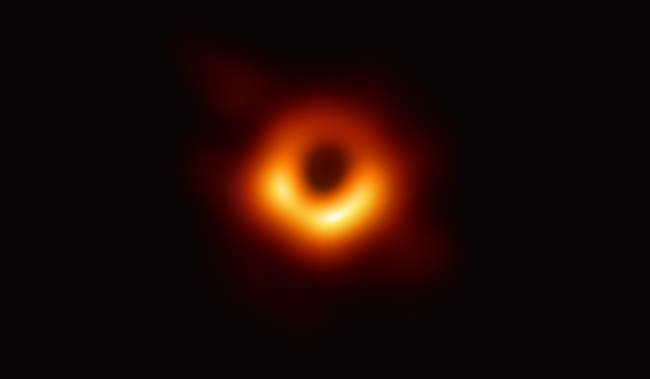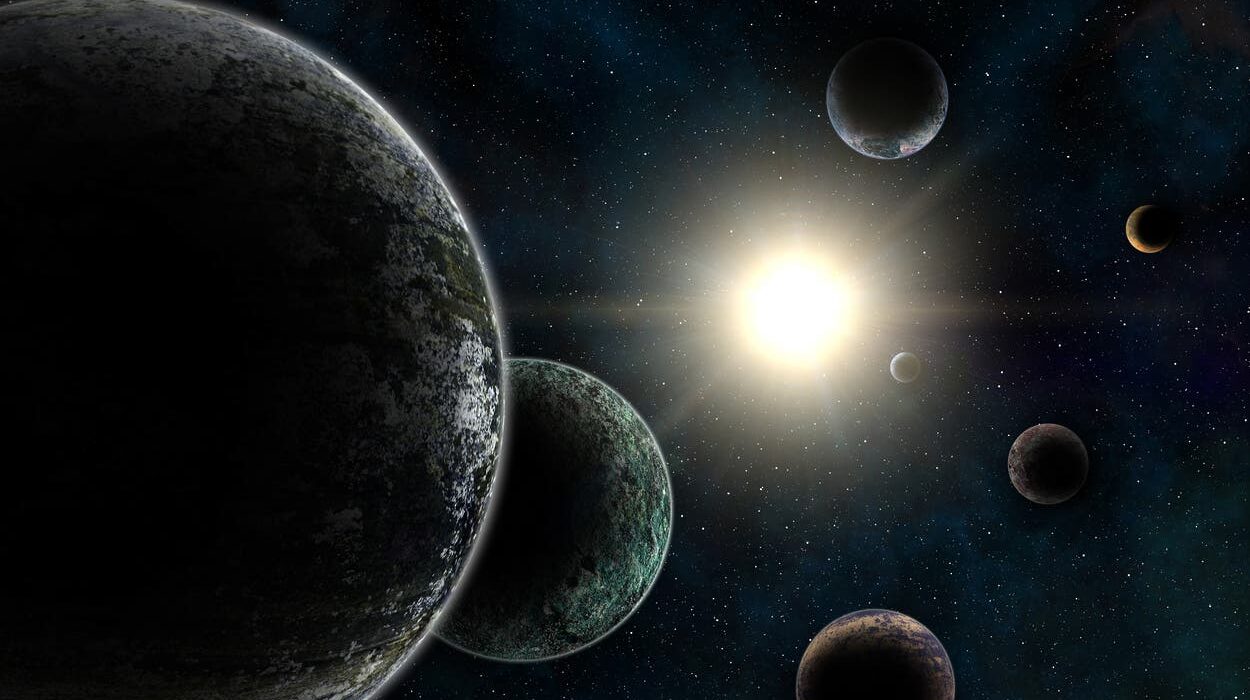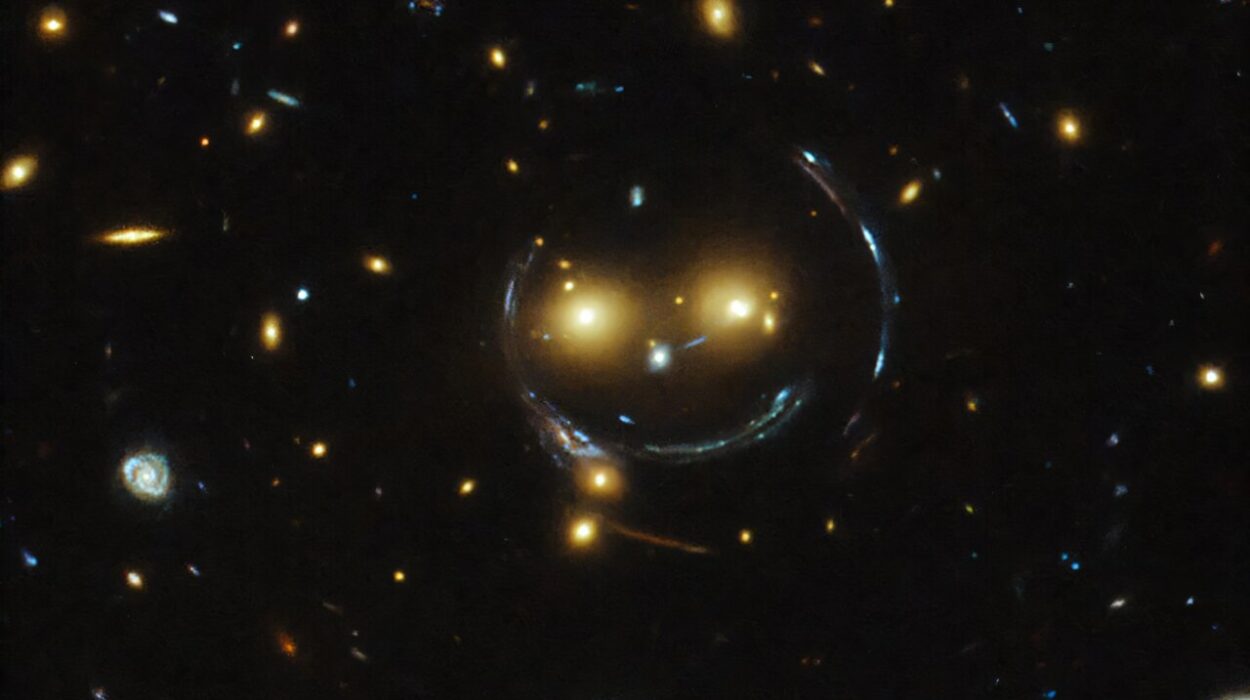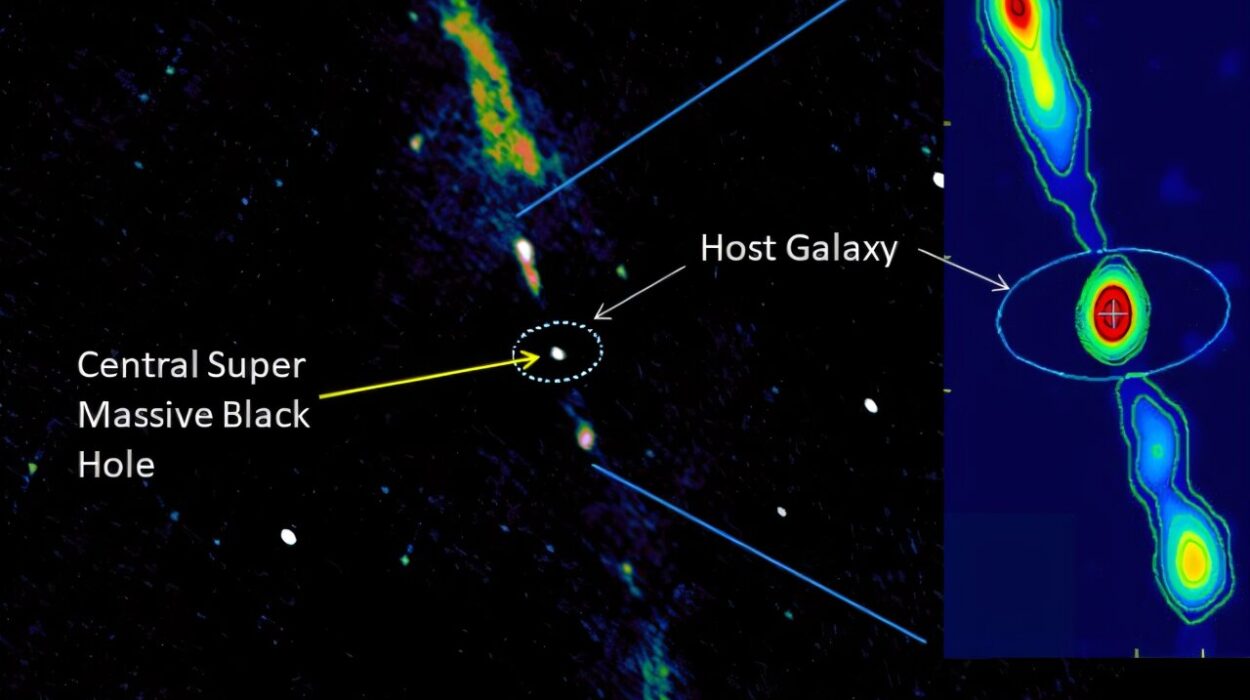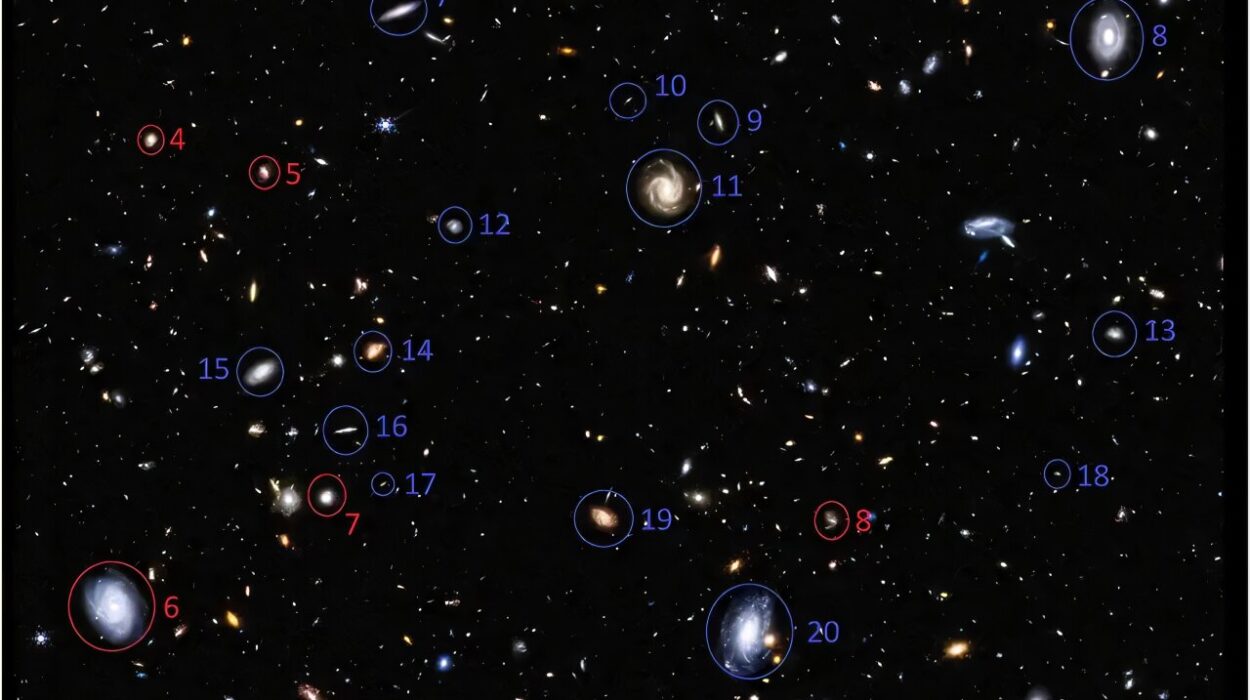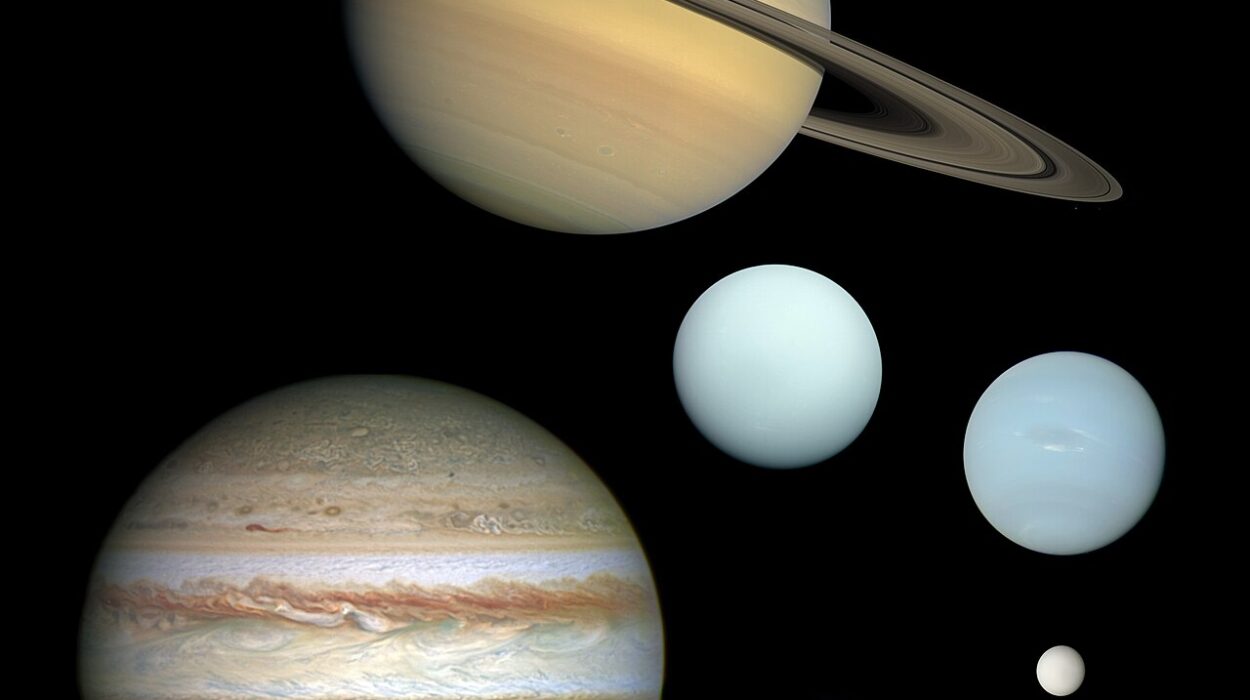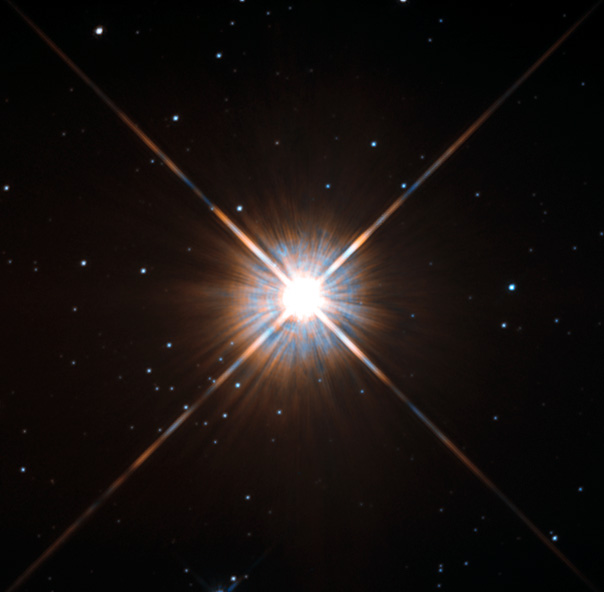In the early hours of April 10, 2019, the world was shown an image never seen before in human history. It was a blurry, orange-hued ring surrounding a dark central region—a cosmic void. This was not a trick of a telescope, not an artist’s rendering, and not a simulation. It was the first direct image of a black hole’s shadow, taken not by one telescope, but by a planet-spanning array known as the Event Horizon Telescope (EHT).
The Event Horizon Telescope is not a telescope in the traditional sense. It is, instead, a network of radio observatories scattered across the globe, synchronized to function as a single virtual Earth-sized telescope. Its target: the most mysterious and extreme objects in the universe—black holes. Specifically, it aims to capture images of the event horizon, the boundary beyond which not even light can escape.
What the EHT accomplished was not only a technological miracle but also a moment of profound philosophical weight. It allowed humanity to glimpse the edge of the unknowable—to take a picture of a place where the known laws of physics break down. But to understand how this incredible feat was achieved, we need to begin with the nature of black holes themselves and the deep scientific drive to see what was once thought unseeable.
Black Holes: Shadows of the Cosmos
A black hole is a region in space where gravity is so intense that nothing, not even light, can escape its pull. Formed from the remnants of massive stars that collapse under their own gravity, black holes represent the end-point of matter—an object with effectively zero volume and infinite density, known as a singularity.
The event horizon of a black hole is the boundary that marks the point of no return. Once anything crosses this threshold—be it gas, light, or time itself—it cannot escape. From the outside, the event horizon appears as a perfectly black sphere. But around this sphere, particularly in spinning black holes, matter swirls in hot, luminous accretion disks. These disks emit powerful radiation as particles are accelerated to near-light speeds and torn apart by intense gravitational forces.
Despite their name and their reputation for invisibility, black holes can be detected by their effect on nearby matter—and, critically, by the radiation produced in the violent process of accretion. The EHT was designed to take advantage of this property.
The Impossible Picture
Before the Event Horizon Telescope, black holes had been detected indirectly. We could see stars orbiting invisible companions or watch as gas clouds were torn apart. We had compelling evidence that supermassive black holes lurked at the centers of galaxies, including our own Milky Way. But all of this was inference, modeling, and mathematics.
Scientists dreamed of one day capturing the silhouette of a black hole—the dark “shadow” cast against the glowing accretion disk. This shadow, as predicted by Einstein’s theory of general relativity, would be a circular region roughly 2.5 times the size of the black hole’s event horizon, distorted by the immense gravity around it.
However, this shadow is minuscule on the sky. The supermassive black hole at the center of our galaxy, Sagittarius A* (pronounced “Sagittarius A-star”), has a mass of about four million suns, yet from Earth, its event horizon appears about as large as a doughnut on the Moon. To image it would require a telescope with resolution a thousand times sharper than the Hubble Space Telescope.
It was an impossible image—or so it seemed.
The Idea Behind the Telescope That Isn’t
To resolve something so small in the sky, you need a telescope with an incredibly large aperture. The larger the aperture, the finer the detail it can detect. The only way to image a black hole shadow was to build a telescope the size of Earth.
Enter very long baseline interferometry, or VLBI.
VLBI is a technique that connects multiple radio telescopes around the world, allowing them to observe the same object at precisely the same time. By combining the data from these telescopes, scientists can simulate a telescope as large as the distance between the farthest dishes—effectively, Earth-sized.
This is the foundational concept of the Event Horizon Telescope. It isn’t a telescope, singular. It’s a collaboration. A network. A technological orchestra of observatories synchronized with atomic precision.
The EHT team coordinated observations from facilities in places like Hawaii, Arizona, Chile, Spain, Mexico, and even the South Pole. The synchronization required state-of-the-art atomic clocks, and the data collected was so vast that it couldn’t be sent over the internet—it had to be stored on hard drives and physically shipped to central processing centers.
When all these data streams were combined—a process called correlation—they created a virtual telescope with unprecedented resolution. The world, for the first time, had a tool sharp enough to see a black hole.
A Target in the Virgo Cluster
While Sagittarius A* was a natural target for the EHT, due to its relative closeness at just 26,000 light-years away, it posed challenges. It changes too quickly—flaring and shifting on short timescales, which made imaging more difficult.
So the EHT team also focused on another supermassive black hole, located 55 million light-years away in the heart of a galaxy called Messier 87, or M87. This galaxy, part of the Virgo Cluster, contains a behemoth black hole about 6.5 billion times the mass of the Sun. Its event horizon, though more distant, appeared about the same size in the sky as Sagittarius A*, thanks to its enormous mass.
M87’s black hole is also more stable from our point of view, its bright accretion disk less variable and easier to image. Over the course of multiple observing runs, the EHT gathered immense volumes of data on this cosmic monster.
In April 2019, the world saw the results.
The First Picture
The image was everywhere: television, newspapers, social media, classrooms, museums. A hazy, fiery ring surrounding a dark central region—a visual confirmation of what theory had long predicted.
It wasn’t just a scientific achievement; it was a cultural moment. This was the first direct evidence of a black hole’s event horizon. A triumph of international collaboration, physics, computer science, and human perseverance.
The picture matched predictions almost perfectly. The ring had the expected diameter, the correct shape, and the asymmetric brightness caused by matter moving at near-light speeds and Doppler boosting. The shadow region corresponded to the photon orbit, where light orbits the black hole before escaping or falling in.
The image was confirmation not only of black holes, but of Einstein’s general relativity in the strongest gravitational field ever tested. The EHT’s image gave new confidence in our understanding of space-time, gravity, and the nature of the universe.
The Team Behind the Vision
The Event Horizon Telescope is more than an instrument—it’s a collaboration of over 300 scientists from more than 60 institutions across the globe. Physicists, astronomers, computer scientists, engineers, and technicians all worked together across time zones and languages.
One of the most visible members of the team, Dr. Katie Bouman, gained widespread attention for her role in developing the algorithms that helped reconstruct the image from noisy, incomplete data. Her work highlighted the critical role of software and computational imaging in modern astronomy.
The EHT team operated in the spirit of open collaboration, carefully calibrating their observations, cross-verifying results, and producing multiple image reconstructions using different algorithms to ensure consistency.
Their goal was not just to take a picture—but to reveal truth. They pursued rigor over speed, quality over sensation. Their work set a new standard for how large-scale science can be done.
Imaging the Invisible
Creating an image of a black hole isn’t like snapping a photo. The EHT doesn’t collect light in the way an optical camera does. It gathers radio waves—long, slow electromagnetic signals emitted by hot plasma around black holes.
These signals are processed using a technique called interferometry, which records the difference in arrival time of signals at each telescope. By comparing these tiny timing offsets, scientists can reconstruct the source’s shape and brightness distribution.
But the raw data is incomplete. The Earth’s rotation fills in some gaps, but others remain. Creating a full image requires sophisticated algorithms that can make educated guesses, guided by known physics and statistical inference.
It’s like trying to reconstruct a song from a few scattered notes or building a face from only a handful of pixels. The imaging process must account for noise, interference, and missing information—all while preserving objectivity.
The final result is not a photograph in the traditional sense. It’s a best-guess reconstruction based on a mountain of data and a molehill of light. And yet, it shows us something real, something majestic, something that once seemed beyond human reach.
A Glimpse of the Future
The EHT’s triumph with M87 was only the beginning. In 2022, the collaboration released its image of Sagittarius A*, our own galaxy’s central black hole. Though fuzzier and more difficult to capture due to its variability, the image confirmed yet again the predictions of general relativity and the presence of a black hole at our galaxy’s core.
Looking ahead, the Event Horizon Telescope is set to evolve. New telescopes are being added to the array. Upgrades to the existing infrastructure will improve sensitivity, resolution, and bandwidth.
Future goals include creating movies of black holes—time-lapse images that show how their accretion disks evolve, how jets form and wobble, and how matter dances on the edge of oblivion. Scientists also hope to study the magnetic fields around black holes more deeply, to better understand how they launch powerful jets of matter into space.
Perhaps one day, we’ll be able to observe the moment when a star falls into a black hole, or capture the flicker of gravitational echoes across space-time. The Event Horizon Telescope opens not just a new chapter in astronomy—it opens a whole new genre.
Why It Matters
The Event Horizon Telescope matters not because it showed us a pretty picture, but because it revealed the limits of perception and the heights of human innovation. It demonstrated that, through collaboration and curiosity, we could reach beyond the visible, beyond the tangible, and capture the edge of eternity.
Black holes are nature’s most extreme laboratories. By studying them, we learn about the fabric of space-time, the behavior of matter under unimaginable forces, and the fate of stars and galaxies. We test our theories to their breaking points and, sometimes, confirm their strength.
But perhaps more importantly, the EHT reminds us of what science is capable of—how far our instruments and minds can go when we are united by a common goal.
In a world often divided, the Event Horizon Telescope is a global project, a beacon of cooperation across cultures and borders. It’s a model of how science should be: open, rigorous, daring, and driven by wonder.
Conclusion: Eyes on the Edge
The Event Horizon Telescope is more than just a machine—it is a symbol of exploration. It brings into focus what was once thought to be forever hidden. It unites observatories across the world into a single seeing eye, a collective lens aimed at the ultimate unknown.
Its image of a black hole’s shadow is not the end of a journey, but the beginning of a new one. With each refinement, each new observation, we come closer to answering age-old questions: What happens at the edge of a black hole? Do singularities really exist? Can we reconcile gravity with quantum mechanics?
The EHT shows us that even the darkest places can be studied, even the most elusive phenomena can be approached, and even the mysteries that seem eternal may one day yield their secrets.
The universe has opened a window. The Event Horizon Telescope is our first glance through it.
